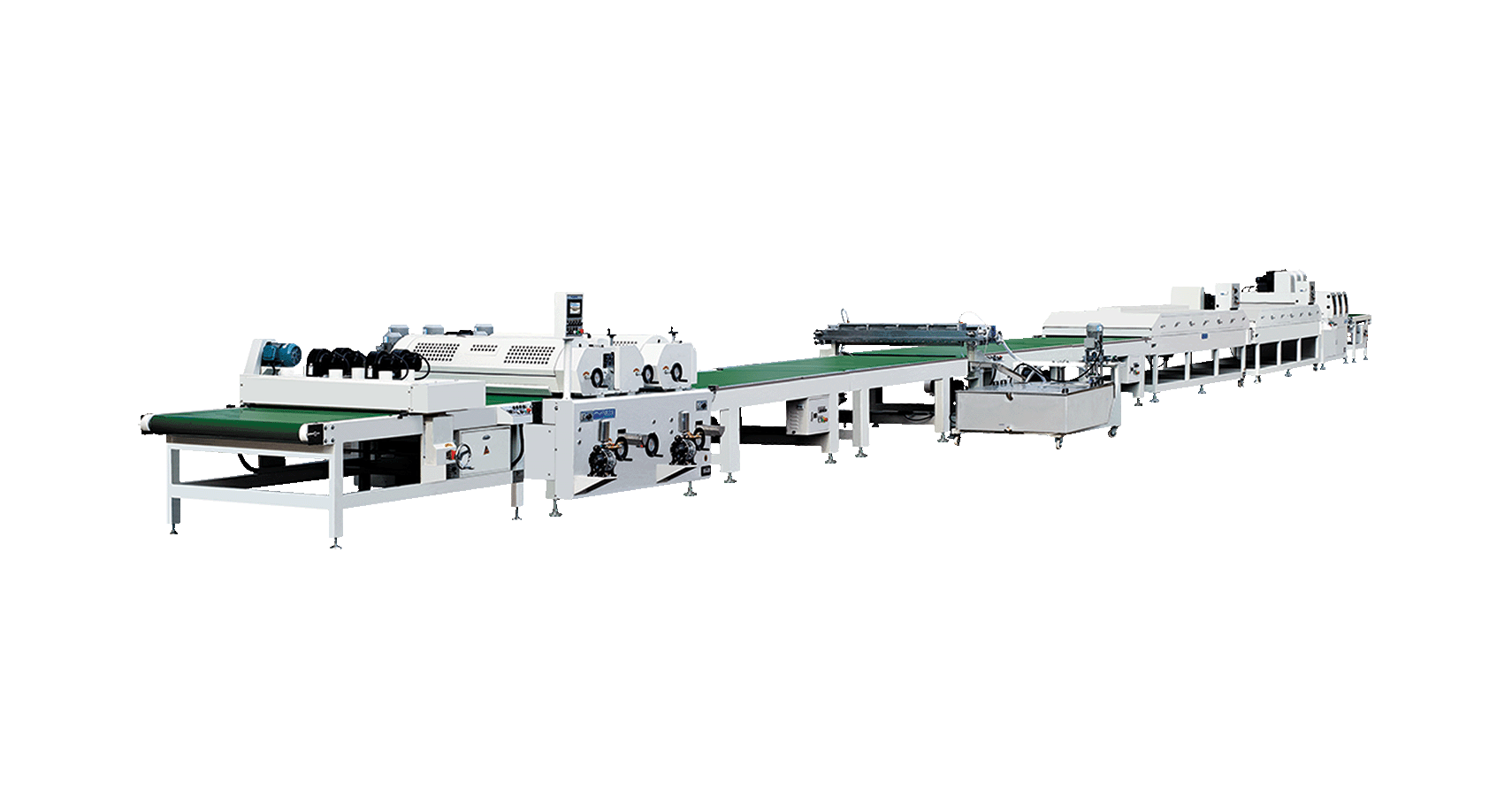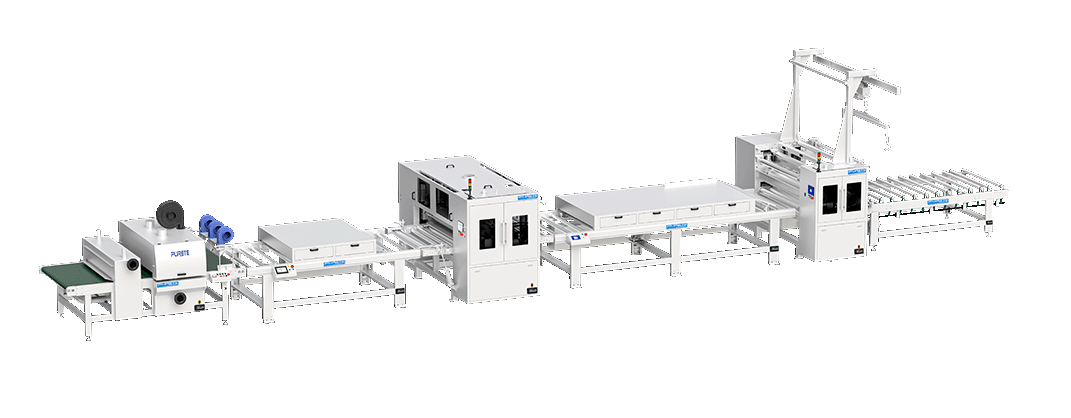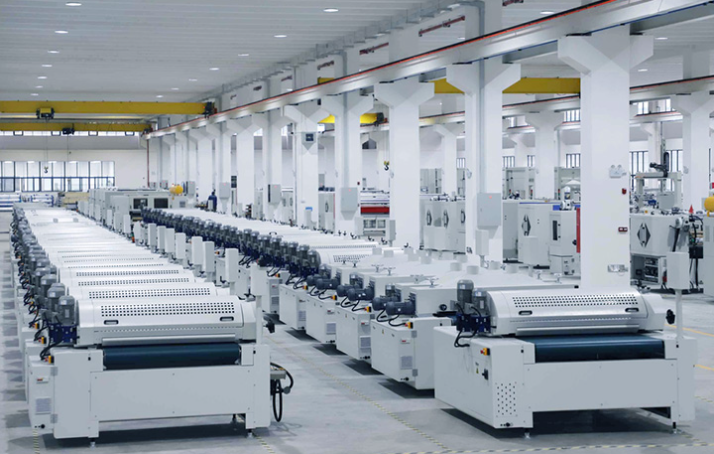What are the different types of surface finishes?
 February 14, 2025
February 14, 2025 Hits:2160second
Hits:2160secondSurface finishes play a crucial role in determining the performance, aesthetics, and longevity of a product. They are applied to materials such as metals, plastics, wood, and ceramics to improve characteristics like corrosion resistance, wear resistance, reflectivity, and adhesion. Choosing the right surface finish is essential in industries such as manufacturing, construction, automotive, electronics, and medical devices.
1. Mechanical Finishes
Mechanical finishes are achieved through physical processes that alter the surface texture, appearance, and roughness. These finishes are often used to prepare materials for subsequent coatings or to achieve specific aesthetic effects.
1.1 Grinding
Grinding is a process where an abrasive wheel removes material from a surface, creating a smooth or polished finish. It is commonly used for metal parts to improve dimensional accuracy and surface roughness.
1.2 Polishing and Buffing
Polishing enhances surface smoothness using fine abrasives, while buffing uses a rotating cloth wheel to produce a mirror-like shine. These techniques are widely used in decorative metal components, jewelry, and medical instruments.
1.3 Sandblasting / Shot Blasting
In this process, high-pressure sand or steel shot is directed onto a surface to create a uniform matte or textured finish. It is commonly used for cleaning, paint preparation, and creating non-slip surfaces.
1.4 Brushed Finish
A brushed finish is created by using abrasive belts or pads to produce a unidirectional satin texture. This finish is popular in stainless steel appliances, automotive trim, and architectural elements.
2. Chemical Finishes
Chemical finishes involve the application of chemical solutions to alter the surface properties of a material. These treatments can improve corrosion resistance, enhance appearance, or prepare the surface for painting or bonding.
2.1 Anodizing
Anodizing is an electrochemical process that creates a protective oxide layer on aluminum and titanium. It enhances corrosion resistance, increases surface hardness, and allows for color dyeing.
2.2 Passivation
Passivation is commonly used for stainless steel to remove surface contaminants and enhance its resistance to rust and oxidation. This process is essential in industries such as aerospace and medical device manufacturing.
2.3 Chemical Etching
Chemical etching selectively removes material from the surface to create intricate patterns or textures. It is widely used in electronics and decorative applications.
2.4 Pickling
Pickling is a chemical treatment used to remove oxidation, scale, and contaminants from metal surfaces, commonly applied to steel and stainless steel.
3. Coating Finishes
Coating finishes involve applying an external layer to a material’s surface to enhance its appearance, durability, or functionality.
3.1 Powder Coating
Powder coating is a dry finishing process where electrostatically charged powder is applied to a surface and then cured under heat. It provides excellent durability, resistance to chipping, and is available in various colors and textures.
3.2 Electroplating
Electroplating involves depositing a thin layer of metal (e.g., chrome, nickel, gold) onto a conductive surface using an electric current. This process enhances corrosion resistance, conductivity, and aesthetics.
3.3 Galvanizing
Galvanizing is the process of coating steel or iron with a layer of zinc to protect against rust and corrosion. It is widely used in construction, automotive, and outdoor applications.
3.4 Paint Coating
Applying liquid paint or lacquer improves aesthetics and provides a protective barrier against environmental elements. Specialized coatings like automotive paints and marine coatings offer additional resistance to chemicals and UV exposure.
3.5 PVD (Physical Vapor Deposition)
PVD is a high-tech coating process used to deposit thin films of metal or ceramic onto a surface to improve wear resistance, hardness, and appearance. This finish is commonly used in watches, cutting tools, and high-performance industrial components.
4. Thermal Finishes
Thermal surface treatments use heat to modify a material’s surface properties, improving hardness, strength, and durability.
4.1 Heat Treatment
Heat treatment involves controlled heating and cooling of metals to alter their microstructure and mechanical properties. This process improves hardness, toughness, and resistance to wear.
4.2 Flame Hardening
Flame hardening uses an oxy-fuel flame to heat the surface of a material, followed by rapid cooling to increase surface hardness. It is commonly applied to gears, shafts, and machine components.
4.3 Plasma Spraying
Plasma spraying is a technique where molten or semi-molten particles are sprayed onto a surface to form a protective coating. It is widely used in aerospace, medical implants, and high-temperature applications.
5. Textured or Patterned Finishes
These finishes are designed to create specific surface textures for functional or decorative purposes.
5.1 Embossing
Embossing involves pressing a pattern onto a surface to create raised or recessed textures. This technique is used in metal sheets, paper, leather, and plastics.
5.2 Lapping
Lapping is a precise finishing process used to achieve extremely smooth and flat surfaces, often applied in optics, semiconductor wafers, and high-precision engineering components.
5.3 Bead Blasting
Bead blasting uses glass beads or other media to produce a smooth, satin-like finish. It is often used in medical devices and high-end metal products.
6. Natural Finishes
Some materials are used in their natural state without additional treatments, relying on their inherent properties.
6.1 As-Machined Finish
This finish is the raw surface directly from machining processes such as milling or turning, without additional polishing or coating.
6.2 Mill Finish
A mill finish is the unprocessed surface of metal as it comes from the rolling, extrusion, or casting process. It often has visible marks, scales, or oxidation layers.
The choice of surface finish depends on the material, application, and desired properties such as durability, aesthetics, corrosion resistance, and texture. Mechanical, chemical, coating, thermal, and textured finishes each offer unique benefits across various industries. Whether it's for industrial machinery, consumer electronics, medical devices, or architectural designs, selecting the right surface finish enhances both functionality and appearance.
Understanding these different types of surface finishes can help manufacturers and designers optimize product performance, reduce maintenance costs, and improve user experience.















